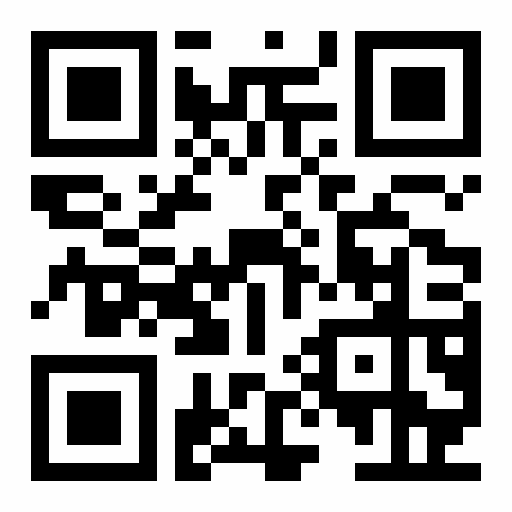




Objectives: Aim of the study was to evaluate the degree of hemolysis, turbidity, and interference by bilirubin by measuring hemolytic, lipemic and icteric indices of the received blood samples in the clinical biochemistry laboratory for routine investigations. Methods: The study was carried out in the Clinical Biochemistry laboratory in January 2016. Total of 695 blood samples were collected and evaluated in autoanalyzer, transasia XL-640. Serum indices (SI) values were assayed and categorized based on their concentration. Percentage of the sample in each category was calculated. Results: Percentage of non-hemolyzed samples was minimum (0.58%), a majority of the samples were non-lipemic (68.3%), and 37% of samples were non-icteric, suggesting that maximum interference is due to hemolysis. The study results quantified the extent of interference by each interfering substance. Conclusion: Estimation of serum indices in an automated analyzer overcomes the limitations of visual estimation of interfering substances. It also provides a more objective and accurate estimation of the interfering substance.